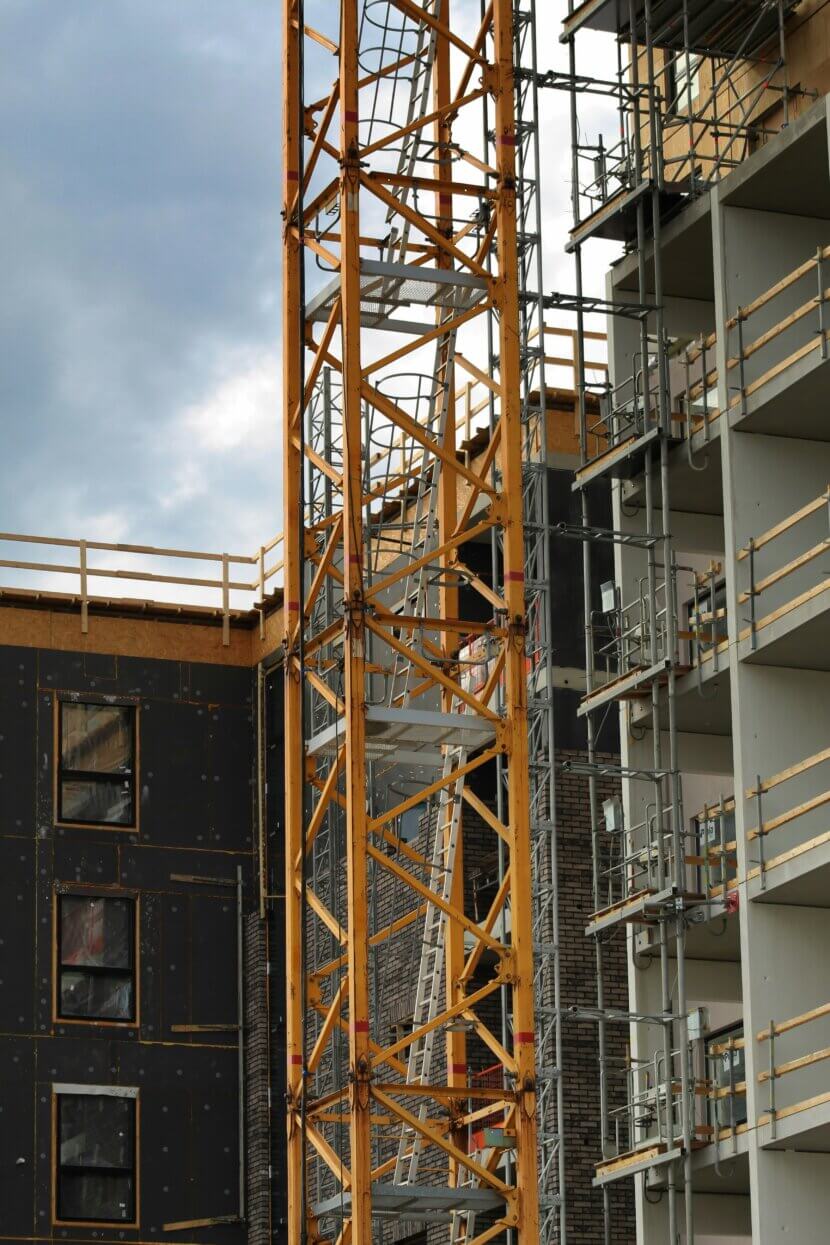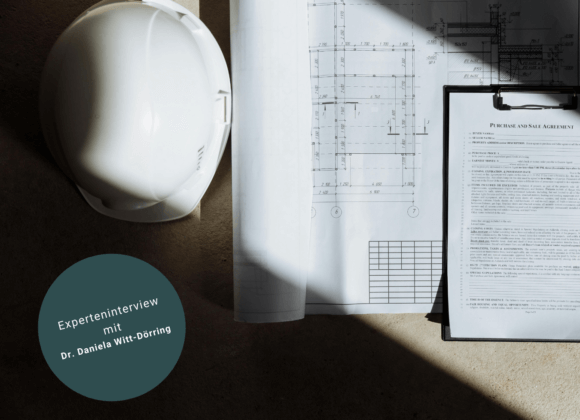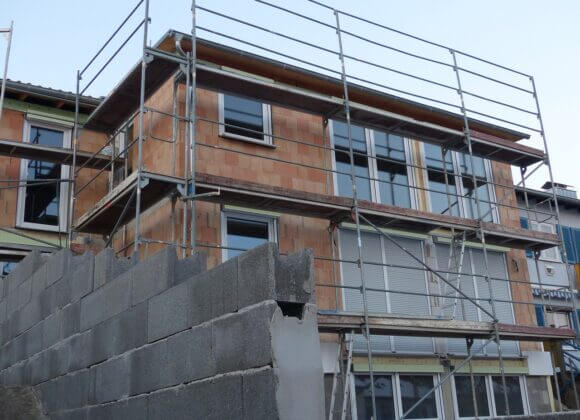If the developer goes bankrupt during the construction phase, this is probably the worst nightmare for real estate buyers. Herbert Gartner from Gartner Vitek Humpel Rechtsanwälte knows the best way to protect yourself and what to do in this case.
The dream of owning your own four walls seems to be becoming reality: The purchase contract has been signed and the dream property is under construction. But then comes the rude awakening: The developer has to file for insolvency.
What is meant by insolvency?
Insolvency, also commonly known as bankruptcy or bankruptcy, refers to the situation of insolvency or over-indebtedness of a company or an individual. This means that payments that are due can no longer be made. As a result, insolvency proceedings can be opened by the competent insolvency court at the request of the insolvent debtor or an affected creditor after reviewing the legal requirements. If the debtor’s available assets are so low that not even the costs of the proceedings are covered, the application to open insolvency proceedings will be rejected by the court due to a lack of assets.
What are the consequences of insolvency for real estate buyers?
If the project has already been completed and condominium ownership has been established, the bankruptcy of the developer may become a problem for buyers in connection with the warranty – which is valid for three years from handover. As a rule, however, the liability retention, for which at least two percent of the construction volume is retained until the end of the warranty period, should provide sufficient funds to rectify construction defects.
What happens if the project is still in the construction phase?
In this case, there are two pressing questions: one is what happens to the payments already made, the other is what happens to the future home. “In principle, buyers are protected by the Property Developer Contract Act (BTVG) from losing their payments protected,” says Herbert Gartner from Gartner Vitek Humpel Rechtsanwälte(https://myhome.at/bautraegervertragsgesetz-sicherheitsnetz-fuer-wohnungskaeufer/). According to this, property developers must secure payments made, whether through a bank guarantee (security under the law of obligations) or, as is usually the case, through land register security in conjunction with the appointment of a trustee (notary or lawyer) and payment according to an installment plan.
In addition, the BTVG provides for a third security option in the form of a lien, but this does not play a role in practice. “With a bank guarantee, the buyer loses the apartment but gets most of their money back,” says Gartner.
If you want to eliminate this risk, you should rely on land register security. “With this security model, the trustee only ever transfers the amount corresponding to the construction progress to the property developer or their financing bank,” explains the real estate and construction law expert.
The value of the building substance, which corresponds to the purchaser’s share, thus represents the countervalue for the payments. The remaining purchase price, on the other hand, remains safely in the escrow account. This also ensures that, in the event of insolvency, there is enough money to complete the construction with another company. This security model has another advantage: the buyer acquires co-ownership shares in the property with the promise that residential ownership will be granted at a later date.

Is the property included in the insolvency estate?
If the purchase was secured with a bank guarantee, the property usually becomes part of the insolvency estate. However, this is generally not the case with land register security, as both real estate and fiduciary money are segregated assets to which creditors have no claim.
What is particularly important in this context, however, is the promise of subsequent condominium ownership: “It has a rank-preserving effect,” explains Gartner. If it is missing, the buyer may lose their claims under certain circumstances, and the down payments and the property become part of the insolvency estate. “In this case, however, the buyer has a liability claim against the trustee. The trustee should have paid attention to the promise,” says Gartner.
What happens if the buyer withdraws from the purchase in the event of insolvency?
This step is not advisable without a thorough professional examination. “In this case, the buyer has no liability claim against the trustee,” says Gartner. If they decide to do so anyway, they must submit their claims in writing to the relevant insolvency court in good time.
What about the completion of the project?
The completion of the project is not regulated by the BTVG, and there is no right to it in insolvency. In most cases, insolvency administrators withdraw from the contract and the buyers have to ensure that construction continues themselves or possibly together with the other buyers and the financing bank. This delay in construction and the retendering for finalization may lead to additional costs (“friction losses”).
Important tips:
To ensure that the dream of buying an unfinished property does not turn into a nightmare, Gartner has two more tips for buyers:
Tip 1: Inform
Buyers should not only find out about the developer and their creditworthiness. They should also make inquiries about the construction progress inspector – whose decision forms the basis for the transfer of the respective tranche of payments – as well as about the contract arranger/trustee.
Tip 2: Check
“In addition, you should also have a proven BTVG expert check whether the purchase contract actually complies with the provisions of the BTVG,” advises building law expert Gartner.

Herbert Gartner has been working as an independent lawyer since November 1983 and advises mainly in all areas of real estate and construction law, but also in selected areas of commercial law. He is also a member of various expert committees that deal with the improvement of legal provisions in property development contract law, real estate taxes, residential property law and related topics.
Related posts:
Roof conversion planned – what you should know
Botched up construction: contract design against risks
Botched construction: What is the best way to take precautions?













